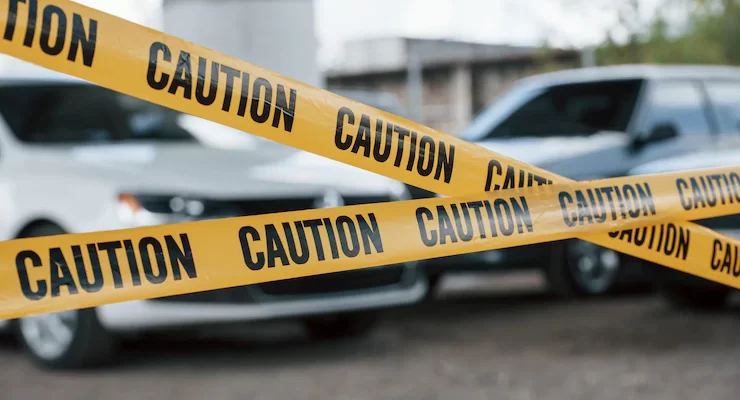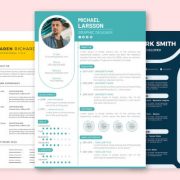Distracted driving comes in many forms – everything from driving while impaired by drugs or alcohol to daydreaming and texting. Too many infractions due to distracted driving can lead you to need state-mandated SR-22 insurance.
Before you head out to the store or across the country for that much-anticipated road trip, reduce your risk by knowing exactly how distracted driving is defined.
If a surgeon were distracted while performing an operation, you might imagine there could be hefty consequences. They could get lucky with nothing going wrong or it could lead to the death of the individual on the table. The same is true when you drive distracted.
Even if it is for a moment, that minuscule amount of time when your eyes and your focus leave the road is an opportunity for injury.
Common Distractions While Driving

Overview:
- Texting
- Eating & Drinking
- Using a Navigation System
- Smoking
- Talking to Others
- Grooming
- Fatigue
1. Texting
We all know that it takes a mere second or two to read and respond to a text, so it seemingly would have no effect on driving ability.

Unfortunately, the space a vehicle can cover in a second or two driving at 30 or 55 miles per hour is tremendous enough to possibly involve another vehicle, pedestrian, or wildlife that inadvertently walks onto the road.
There are a number of phone apps to employ if you find yourself unable to ignore that text notification when you’re driving. These include:
- DirveSafe.ly
- AT&T’s DriveMode
- Safely Go
- Drive First
- Text No More
2. Eating & Drinking
Nearly every one of us is guilty of eating and drinking (soda, coffee) while behind the wheel – after all, it is called a Drive-Thru.

Consider keeping the goodies in the bag until you reach your destination. One fallen fry or coffee that’s much too hot can be a distraction enough to lose focus on driving.
3. Using a Navigation System
When you don’t know where you’re going, panic sets in and there’s a race against time. Do you turn at the next light? Do you take a left or a right? This panic equals distraction, as your attention is more focused on the navigation system than it is on the road and cars around you.

For those whose navigation system is a paper map, spreading one out against the steering wheel while pinpointing current locations and possible routes is highly distracting and can cause an accident.
4. Smoking
To smokers, it might seem that the act of smoking is as effortless as taking a breath. The truth is that smoking creates a number of driving distractions.

There’s the visual distraction when searching for the cigarettes, cognitive distraction while lighting a cigarette, and manual distraction while both hands are no longer on the wheel. Not to mention the continued process of keeping fingers wrapped around the cigarette and disposing of ashes as they accumulate.
5. Talking to Others
Whether the driver is talking with a cell phone pressed against their ear, through a hands-free device, or to another passenger in the car, the act of talking can be highly distracting.

Of course, it’s nearly impossible to eliminate but all drivers should be aware of the risks involved. Keep strong emotions and heavy conversation to an absolute minimum while driving.
6. Grooming
You’re running late for work or forgot to pull a comb through your hair for a big date. You don’t want to arrive disheveled so you use the commute time to groom.

Some people use this time to apply makeup, cologne, and even polish their nails. Driving is not a spectator sport, of course, and grooming can be a deceivingly simple behavior that still constitutes a distraction.
7. Fatigue
It can be difficult for drivers to determine at what level fatigue is great enough to pull over or not get behind the wheel altogether. There is no gadget for gauging how tired someone is, which makes it a subjective matter.

If you find yourself daydreaming, nodding off, or not recalling exits after you pass them, you are likely too tired to continue to drive. Recognize your own limitations and when you shouldn’t get behind the wheel. Driving while drowsy can lead to swerving off the road, into oncoming traffic – or worse.
- Get at least 7 hours of sleep each night
- Pullover and take a quick nap if necessary
- Be aware of how medications are affecting you
- Be realistic about how long a trip will take
Most cases of distracted driving are considered acts of carelessness. However, the possibility of causing harm and injury to yourself, your passengers, and others increases greatly with each added distraction. There may also be fines, jail time, and future limitations on your driver privileges.
Additional Resource:
Who Pays If Your Friend Crashes Your Car?
















